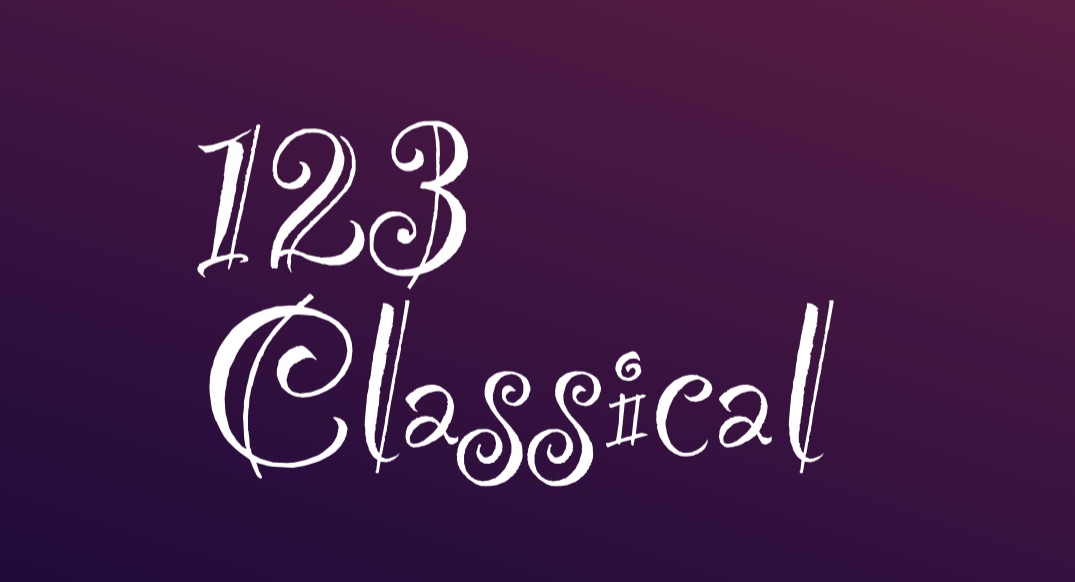

Many of the classical pieces express the composer’s personal ideals, social perspectives and political views. Others express or praise the political ideals and movements of a whole nation living in a nationalistic fever against oppression. All these ideals have in common the fight for freedom and the fight against adversity. For the following pieces we provide this context to help you imagine the creative spark behind the music and delve into their spirit. Beethoven wished to convey his ideals of human dignity and freedom through his ‘Piano Concerto No 5’ while Verdi’s ‘Nabucco’ provided the soundtrack to the struggle for Italian unification and actually became the medium through which the Italian revolution broke out in 1848.
"Emperor concerto"
(Piano Concerto No 5 / Movement 2)
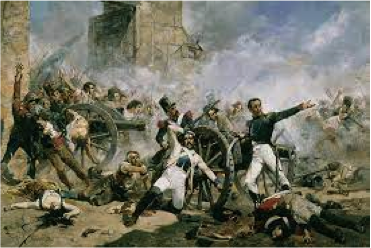
"Hungarian rhapsody no 2"
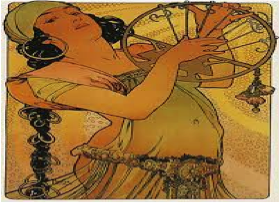
"Heroic polonaise"
(Polonaise in A Flat Major Op. 53)

"Nabucco" from "Chorus of the Hebrew Slaves"
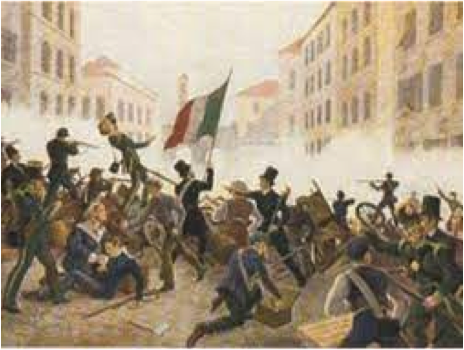
"Overture to Egmont"
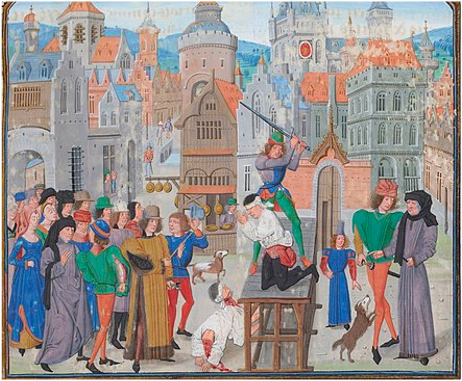
"Rondo alla turca"
("Turkish march")
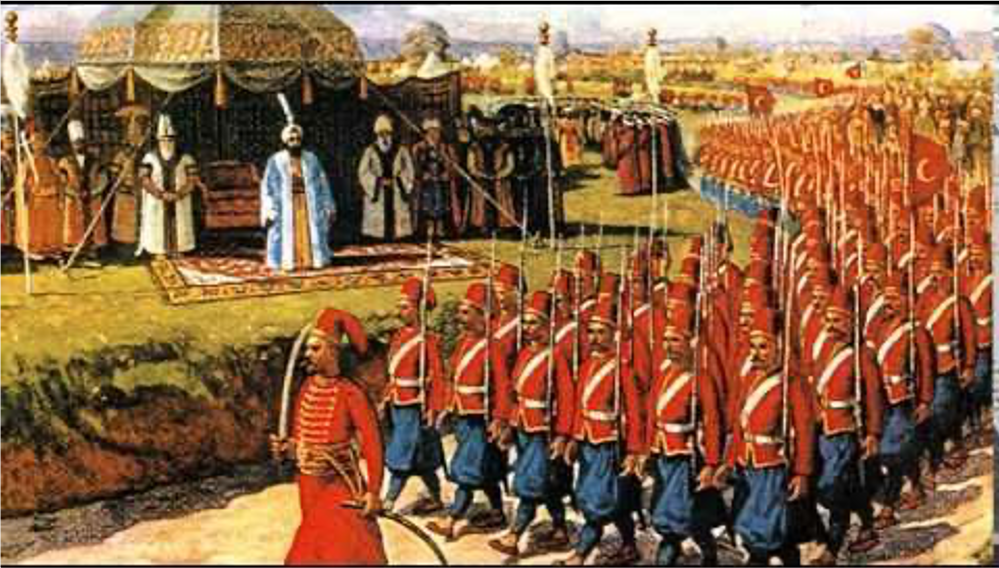
"Pathétique"

"Heroic stories"
(Piano Concerto No 3)
